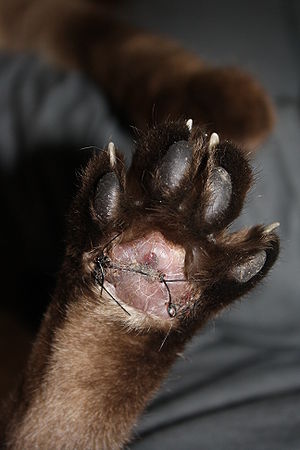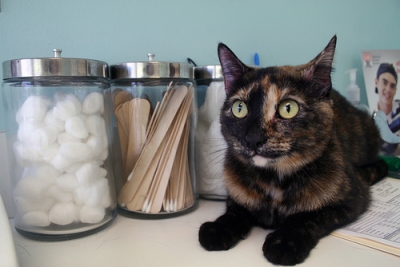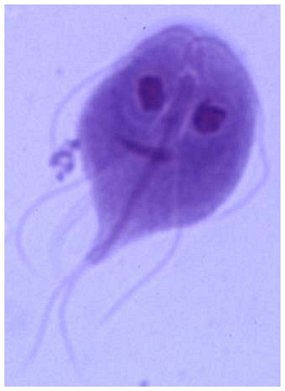
Plasma Cell Pododermatitus literally means foot inflammation involving infiltration by plasma cells. It is a disease that affects cats.
It is believed to be an auto-immune disease. Some studies have linked Pododermatitus to the Feline Immunodeficiency Virus (FIV).
A biopsy is required to confirm the disease.
The foot pad appears mushy and balloons out, sometimes has a purplish tint. Usually more than one foot pad is affected. It can affect cats of any age, gender or breed.
Pododermatitus is not usually painful, but if lameness occurs, it is treated with high doses of prednisone. Newer treatment with the antibiotic, Doxycycline, has shown some success. If the pad is ulcerated or sores develop, they may have to be removed surgically.
Plasma cell pododermatitis – Dr. Doni Zivotovsky, DVM
Rare skin disease; aetiopathogenesis is unknown, but persistent hypergammaglobulinemia, marked plasma cell tissue infiltrate and the beneficial response to doxycycline strongly suggest an immune-mediated basis or an infectious process (PCR assays that amplify the DNA of Bartonella spp., Ehrlichia spp., Anaplasma phagocytophilum, Chlamydophila felis, Mycoplasma spp., Toxoplasma gondii, and feline herpesvirus 1 (FHV-1) did not reveal any positive results).
Clinically : soft, nonpainful swelling of one or multiple footpads, which in some cases become ulcerated and causing lameness. In some cats concurrent plasmacytic stomatitis, renal amyloidosis or immune-mediated glomerulonephritis is reported.
Diagnostic : Histology : intense inflammatory infiltrate composed of mature plasma cells, in a predominantly perivascular pattern.
Treatment : Good response to doxycycline



